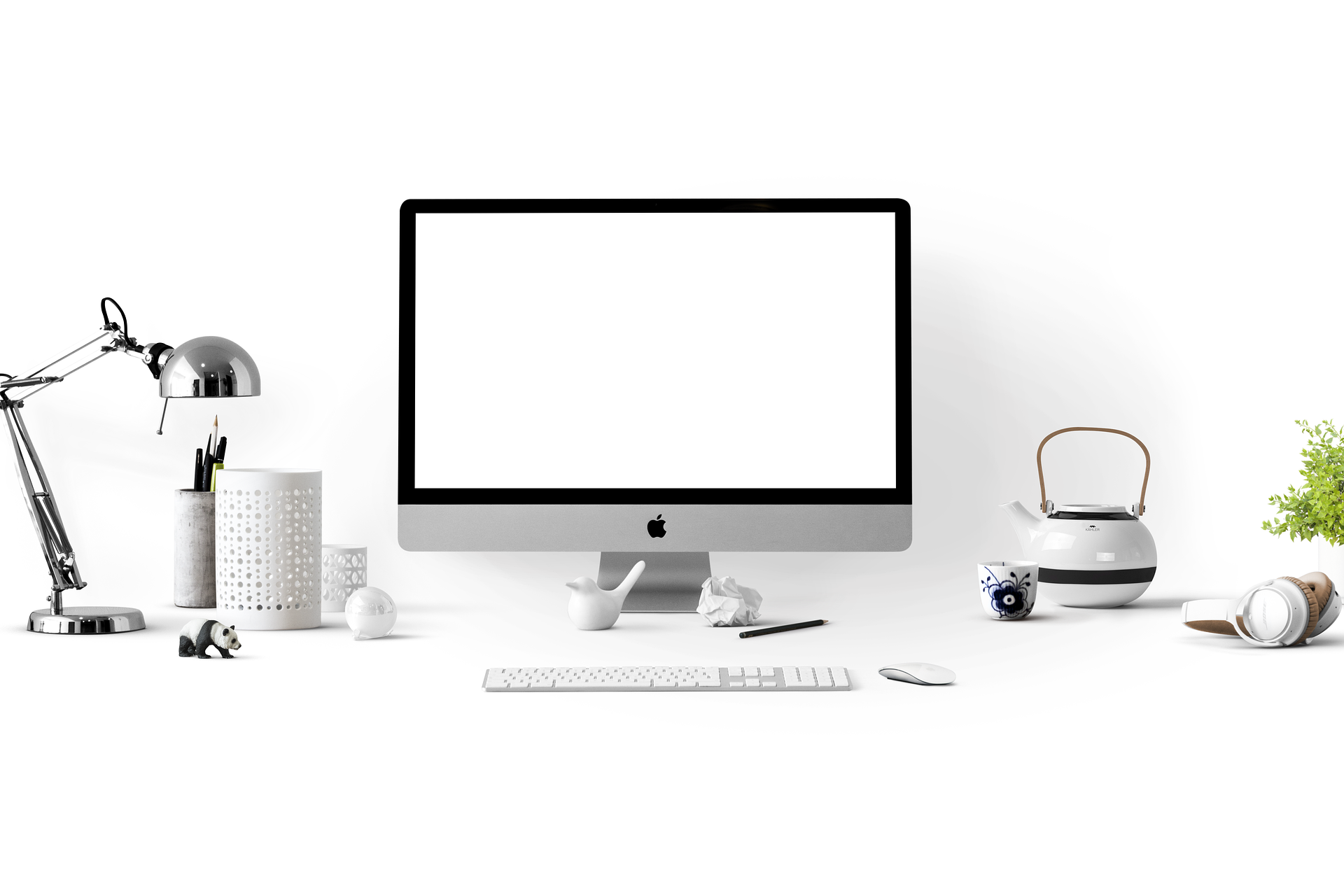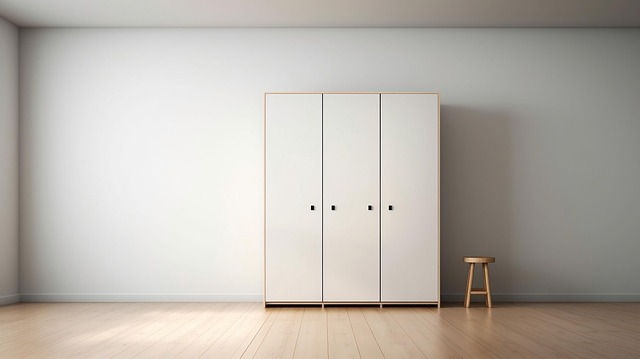Home Office Equipment
In today's digital age, the concept of a home office has become increasingly common. Whether you're a remote worker, freelancer, or simply need a dedicated space for personal tasks, having the right home office equipment is crucial for productivity and comfort. This article will explore the essential tools and equipment you need to create an efficient and ergonomic home workspace.
What are the must-have items for a home office setup?
Creating a functional home office starts with the basics. A sturdy desk and comfortable chair are the foundation of any workspace. Look for a desk that provides ample surface area for your computer, documents, and other essentials. An ergonomic chair with proper lumbar support is crucial for maintaining good posture during long work hours.
Next, consider your technology needs. A reliable computer or laptop is essential for most home office setups. Depending on your work requirements, you may also need a printer, scanner, or all-in-one device. Don’t forget about proper lighting – a combination of natural light and task lighting can help reduce eye strain and improve your overall work environment.
How can you ensure ergonomic comfort in your home office?
Ergonomics plays a vital role in maintaining your health and productivity while working from home. Start by positioning your computer monitor at eye level to avoid neck strain. An adjustable monitor stand or laptop riser can help achieve the proper height.
Invest in a keyboard and mouse that promote natural wrist positioning. An ergonomic keyboard tray can help maintain the correct angle for typing, while a vertical mouse can reduce the risk of repetitive strain injuries. Consider using a standing desk or desk converter to alternate between sitting and standing throughout the day, promoting better circulation and reducing the negative effects of prolonged sitting.
What storage solutions are ideal for a home office?
Effective storage is key to maintaining an organized and clutter-free home office. Filing cabinets are excellent for storing important documents and paperwork. If space is limited, consider wall-mounted shelves or bookcases to maximize vertical storage.
Cable management solutions, such as cable clips or cord organizers, can help keep your workspace tidy and prevent tangled wires. For smaller items like pens, paper clips, and sticky notes, desk organizers or drawer dividers can keep everything neatly arranged and easily accessible.
How can you improve connectivity and communication in your home office?
In today’s connected world, reliable internet access is crucial for most home office setups. Invest in a high-speed internet plan and consider a mesh Wi-Fi system if you need to extend coverage throughout your home. A quality router can help ensure stable connections for video calls and large file transfers.
For virtual meetings and remote collaboration, a webcam and noise-canceling headphones or a high-quality microphone are essential. These tools can greatly enhance your communication capabilities, making it easier to participate in video conferences and collaborate with colleagues or clients from afar.
What are some energy-efficient options for home office equipment?
Choosing energy-efficient office equipment can help reduce your environmental impact and lower your energy bills. Look for ENERGY STAR certified products when selecting computers, monitors, and printers. LED desk lamps use less energy than traditional bulbs and provide excellent task lighting.
Consider using a smart power strip to easily turn off multiple devices when not in use, reducing standby power consumption. Additionally, opting for rechargeable batteries for wireless peripherals can help minimize waste and save money in the long run.
How do different home office equipment options compare in terms of features and cost?
When setting up a home office, it’s important to consider the features and costs of various equipment options. Here’s a comparison of some essential home office equipment:
| Equipment | Basic Option | Mid-Range Option | High-End Option |
|---|---|---|---|
| Desk | Simple writing desk ($100-$200) | L-shaped desk with storage ($300-$500) | Adjustable standing desk ($500-$1000+) |
| Office Chair | Task chair ($50-$100) | Ergonomic mesh chair ($200-$400) | Premium ergonomic chair ($500-$1000+) |
| Computer | Budget laptop ($300-$500) | Mid-range desktop ($600-$1000) | High-performance workstation ($1500+) |
| Monitor | 22” 1080p monitor ($100-$150) | 27” 1440p monitor ($250-$400) | 34” ultrawide monitor ($500-$1000+) |
| Printer | Basic inkjet printer ($50-$100) | All-in-one color laser printer ($200-$400) | Professional-grade color laser printer ($500+) |
Prices, rates, or cost estimates mentioned in this article are based on the latest available information but may change over time. Independent research is advised before making financial decisions.
When choosing home office equipment, consider your specific needs, budget, and long-term goals. While high-end options may offer more features and durability, mid-range products often provide a good balance of quality and affordability for most home office setups.
In conclusion, creating an effective home office environment requires careful consideration of your equipment needs. By investing in the right tools and prioritizing ergonomics and organization, you can create a productive and comfortable workspace that supports your professional goals. Remember to periodically reassess your setup and make adjustments as your needs evolve, ensuring your home office remains an efficient and enjoyable place to work.





